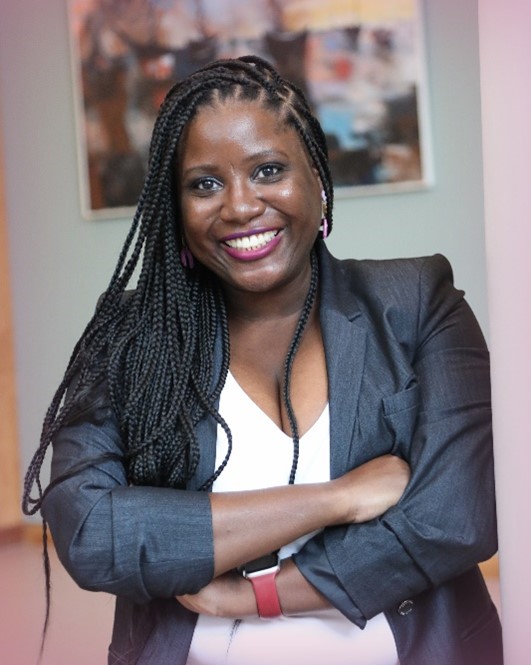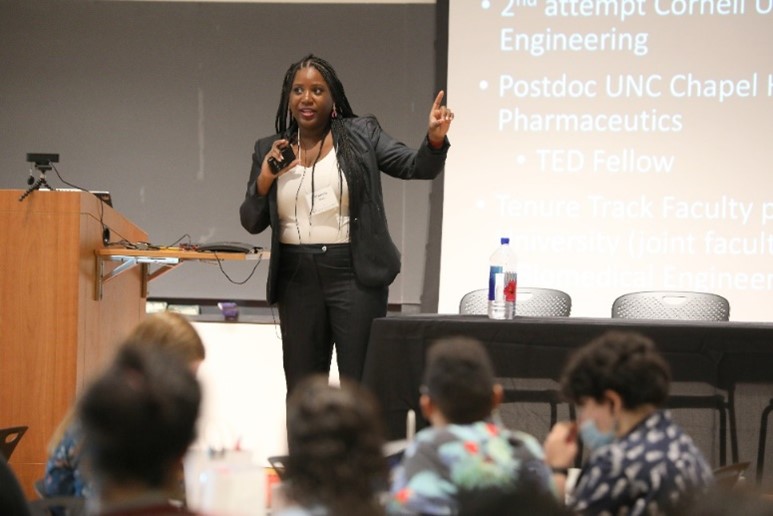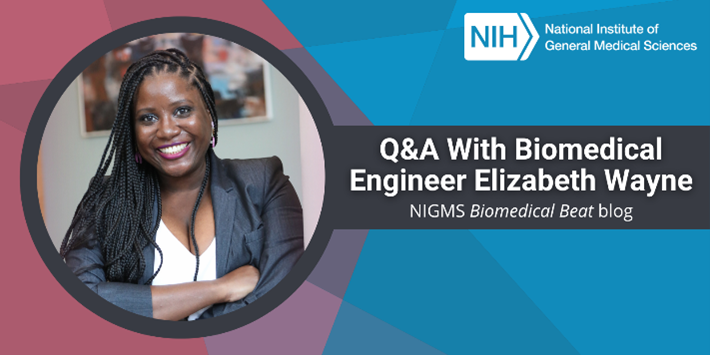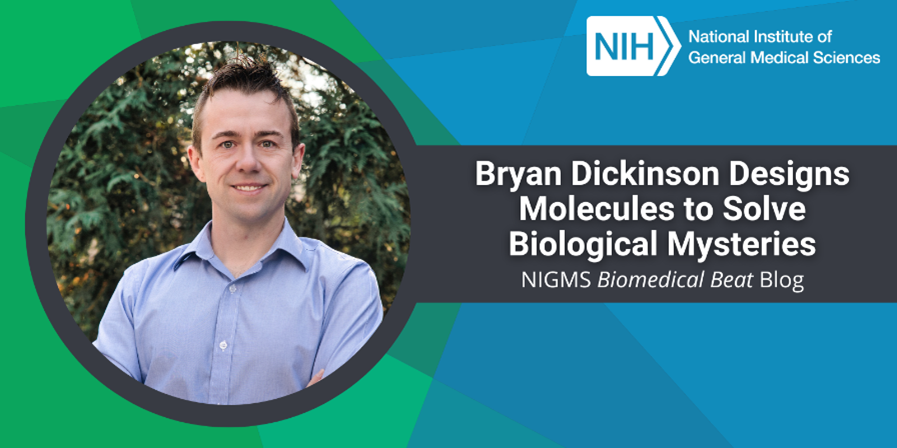
“It’s so fun to try to make meaning from a confusing experimental result and talk to other scientists who are excited by the same questions you are,” says Elizabeth Wayne, Ph.D., an assistant professor of biomedical engineering and chemical engineering at Carnegie Mellon University (CMU) in Pittsburgh, Pennsylvania. We talked to Dr. Wayne about her career trajectory, research on immune cells, and belief that scientists can change the world.
Q: How did you first become interested in science?
A: I was introduced to atoms during 6th grade science class. The idea that we’re all made up of tiny particles didn’t seem possible to me, so it sparked my interest. I did a science-fair project about atoms, but I found that my school textbooks just didn’t have enough information. I started going to the library and reading to learn more. I found out that atomic physics played a big part in World War II, and that’s when I started thinking about becoming a scientist, because I believed—and still do—that scientists can make a mark on history.
Q: What did your educational and career path look like?
A: I loved learning about atoms so much as a child that I had a dream of one day being a physicist. However, my school didn’t offer any of the physics or advanced math courses that I needed, so I applied and was accepted to the Mississippi School for Math and Science, a public boarding school in Columbus, Mississippi.
I then entered the University of Pennsylvania in Philadelphia as an undergraduate student to study physics. There, I became interested in imaging and optics, the study of how to use light, lenses, and mirrors to take pictures. I participated in an internship in biophysics, which I was initially reluctant to do because I didn’t know much about the subject. I’m very glad now that I did because I learned that the same basic physics principles I was interested in also applied to living materials, and it led me to the type of research I do now. I worked on microscopy projects, which included taking pictures of cells undergoing changes such as membrane fusion.
After undergrad, I pursued a Ph.D. in biomedical engineering from Cornell University in Ithaca, New York. Building on what I learned during my biophysics internship, my graduate school projects focused on imaging, including multiphoton microscopy—a type of fluorescence microscopy that allows researchers to take images of living tissues deep below the surface. I used this imaging technique to look at tumor cells circulating through blood vessels in the brain.
My Ph.D. research was also my first introduction to immune cells. I studied cells called microglia, which are a type of macrophage found in the brain. Macrophages survey and sample their local environment for pathogens, and will migrate toward the site of inflammation to help fight infection or heal an injury. Using live tissue imaging techniques, we could see the migration of microglia toward the site of cancerous cells in the brain.
After completing my Ph.D., I moved to the Eshelman School of Pharmacy at the University of North Carolina at Chapel Hill for a postdoctoral fellowship (postdoc) under the mentorship of Alexander Kabanov, Ph.D., Dr. Sci., with the hope of learning more about drug delivery. Specifically, I studied how different types of macrophages could be used as drug delivery vehicles. After my postdoc, I became an assistant professor at CMU and started my own lab.
Q: What are you researching in your lab?
A: I’ve continued to study how we can use immune cells in drug delivery. We can inject nanoparticles containing medicine into the bloodstream, which macrophage precursors in the blood will ingest as part of their normal surveillance. The macrophages then follow signals to sites of inflammation where they release the nanoparticles. Because macrophages travel to all sites of inflammation, this technique can be used to treat a variety of diseases including cancer, and to target a variety of tissues such as the brain, heart, and liver.

I also wanted to watch these events happen in real time, so I’ve incorporated microscopy into my projects. We engineered cells that produce a fluorescent molecule in response to a specific trigger so we can see macrophages responding to their environment. For example, a macrophage may produce a specific cytokine—a cell-signaling molecule—when it encounters a pathogen. We engineered those cells to produce a fluorescent molecule in response to the pathogen instead, meaning that we can see the moment when the macrophage has activated in response to the pathogen. We can measure the strength of that response and watch it increase or decrease over time by taking many images of the same cell consecutively.
Q: What question do you hope your lab will help answer?
A: The one big question we want to answer is: How do immune cells make decisions, such as when to activate, migrate, or release cytokines? This question is important to consider when we design medicines that are meant to change how the immune system works. Why does the immune system sometimes decide to stop fighting an infection, such as in some viral infections? Can that be reversed? If we knew the cell pathway involved in making that decision, we might be able to reverse it and turn that response back on.
Q: What are you passionate about outside the lab?

A: Research is for everyone, so it’s important to me that I communicate my scientific ideas to the public. During my postdoc, I became a TED (Technology, Entertainment, and Design) Fellow and had the opportunity to talk about my research at a TED conference. I was able to reach so many people this way—other scientists, cancer survivors, teachers, and people who said that they saw themselves or their children in me. This was a very impactful moment for me because it solidified what kind of scientist I wanted to be. This work also constantly reminds me how I first became interested in science, and I hope to pass on the belief that scientists can change the world.
Dr. Wayne’s work is supported by the NIGMS Maximizing Investigators’ Research Award program through grant R35GM142957.








Have you looked to see the impact of fisetin on the pathway?
Thank you for reading our blog. That’s a great question you might want to ask Dr. Wayne!